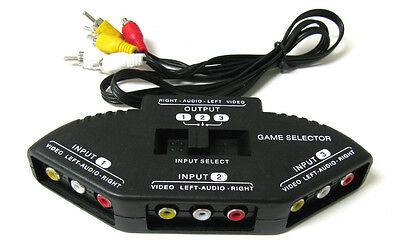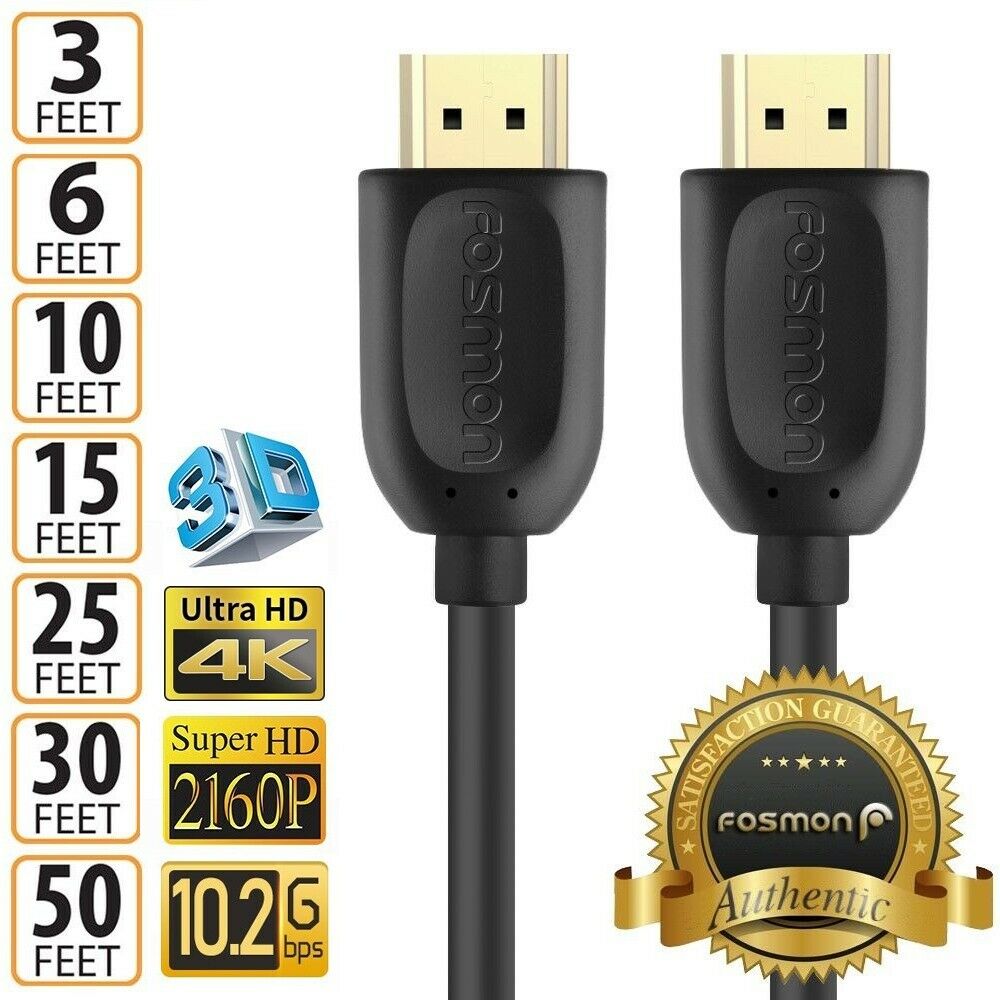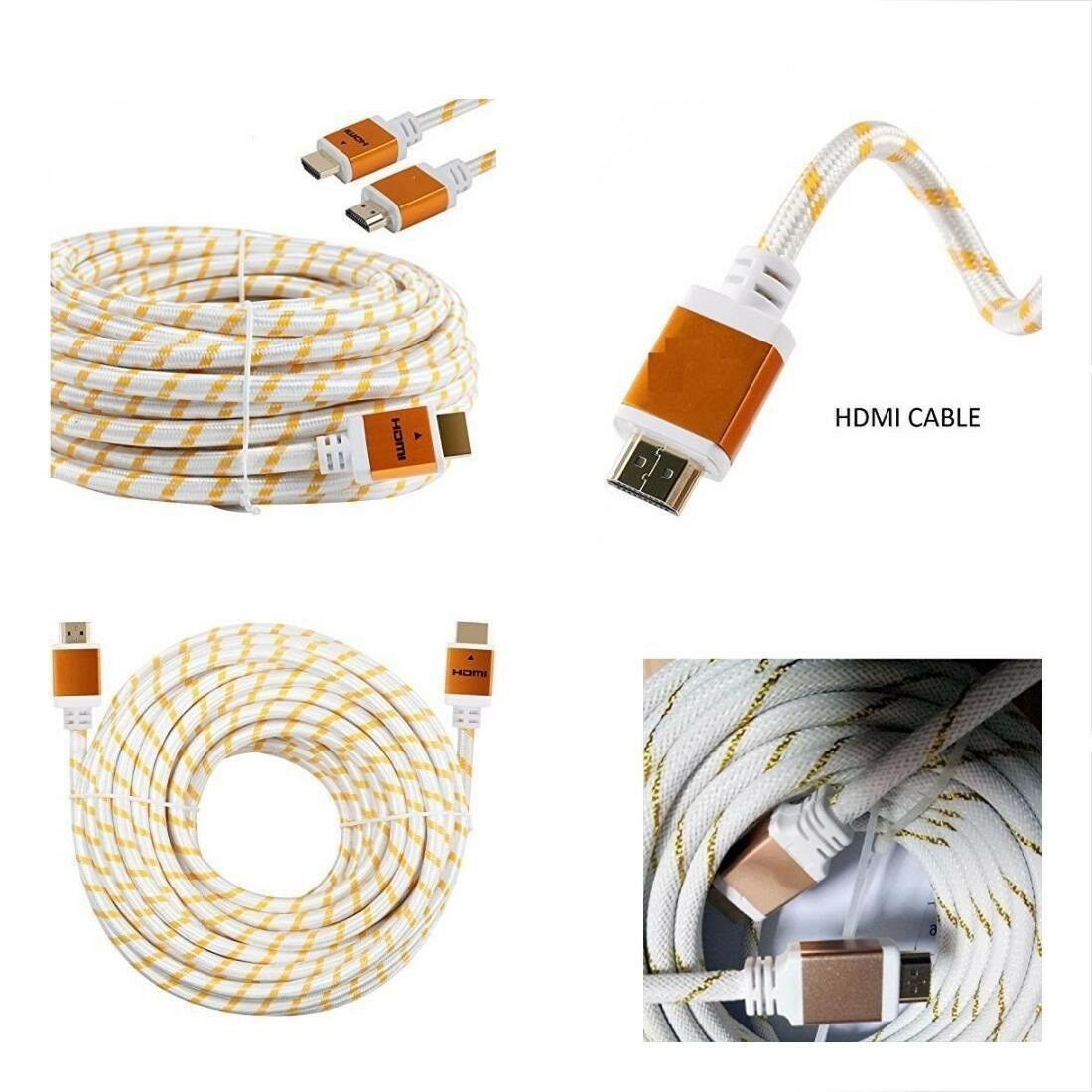-40%
ViewHD 1x2 HDMI Splitter v1.3b One Input to Two Output
$ 10.53
- Description
- Size Guide
Description
U9 ViewHD 1x2 HDMI Splitter Amplifier v1.3b for 1080PHDTV & 3D
We ship the same day or next from California
USPS First Class Mail with Tracking Number
Attention:
This U9 / ViewHD VHD-1X2MN3D is HDMI v1.3 / 1080P generation product, it does to work when both the HDMI source and the display are HDMI v1.4 or v2.0 models. For it to work, at least one of the source and display needs to be HDMI v1.3 model. If both of your HDMI source and display are HDMI v2.0 models, then you need to get the "U9-Pluto" model instead.
Product
:
This compact & reliable splitter can duplicate the HDMI signal at its input and send the same high definition signal to 2 displays simultaneously.
High Quality Construction
High-quality solid metal construction of this splitter allows for an operating frequency of 225MHz. HDMI 1.3b and 1080p resolutions are supported. The heavy-duty cool metal enclosure protects the insides and keeps the unit cool by acting heat sink for quick heat absorption and dissipation.
Condition
Brand new, never used, in OEM packaging, comes with 5V DC adapter accepts 100V - 240V with a US plug and user manual. If the delivery address is outside of the USA, we can swap in the right adapter for your region. We have AU, UK and EU adapters.
Specifications
One HDMI Input to Two HDMI Output Ports
2 x HDMI Outputs supporting up to v1.3b and 1080P + 3D (as specified on the product manual)
Support output cable length up to 10M (33ft) with AWG 24 HDMI cable for 1080P, lower formats can reach longer distance. To avoid usage confusion, this item doesn't support CEC.
Supported Audio
LPCM,Dolby-AC3, DTS7.1, DSD/Dolby TrueHD/DTS-HD master audio; basically all available audio formats are supported
Realistically, according to HDMI protocol, the video source unit at the input of the splitter will collect the audio info from the display units and send out the audio format accordingly so that the display units can understand. For example, most TVs are only capable of stereo sound, so the video source unit will send stereo audio. For more info regarding how HDMI splitter works, please see the seller note below.
EDID Duration
4 seconds
Video Format
480i / 576i / 480p / 576p / 720p / 1080i / 1080P
Product Size
6 x 6.4 x 2 (cm)
+++++ The following material are copyrighted, do not copy +++++
HDMI Splitter Fundamentals:
1) HDMI Splitter doesn't change/modify HDMI signal format, the output signal is a copy of the input signal. The HDMI signal format (video & audio) is determined by the HDMI A/V capabilities of the units at the splitter inputs.
2) When only one of the two TVs at the two splitter outputs is on, for example: the A/V source is a blu-ray, and the display is a 1080P TV. Then the HDMI signal (containing audio and video streams together) will be running at 1080P, and the audio will be the highest audio format supported by the TV. .
3) When both TVs are on, because there is only one A/V source from the blu-ray, so the blu-ray will only supply the commonly acceptable A/V format for both TVs. For example, if one TV is 1080P, and the other is 1080i, the signal format will then be at 1080i, so both TVs can work properly. For this splitter in such 2 TV setup, you can shut down / disconnect the 1080i TV to watch 1080P TV at 1080P. Same principle applies to 3D application, to get 3D video, all units connected to the outputs of a HDMI splitter must support 3D, unless you have a ViewHD "VHD-PRO1X4" splitter.
4) Example of incorrect setup: some user connects blu-ray to the splitter input, and then connects one output to TV, and the other output to surround receiver, then complains that the splitter doesn't support advanced audio. This is not the fault of the splitter, this is what you suppose to get. Because in such configuration, the audio format is limited by TV, because both TV and the receiver has to understand the same audio stream, the blu-ray will provide the basic audio stream understood by the TV, regardless how advanced the audio of your receiver and blu-ray disc are capable of. All the decisions are made by the HDMI unit at the splitter input, the HDMI splitter has nothing to do with A/V format received by TV or receiver.
5) To enjoy HD / Advanced Audio, the correct setup configuration is: blu-ray to receiver to HDMI splitter to TVs. So that the HD Audio format can be determined by (receiver + blu-ray + disc) and the video format can be determined by (TV + blu-ray), (audio is taken care by receiver, and video is by TV) thus avoiding audio format to be limited by TV audio capability. Such configuration enables the enjoyment of the best of both worlds: Video and Audio.
Foreign buyer is responsible for duty / custom charges.
If you are looking for the best HDMI splitter on earth, check models: VHD-PRO1X4 (v1.4) / U9-Pluto (v1.4) / UHD1X2S, UHD1X2SA, UHD1X4SA (v2.0).
+++++
What is EDID?
EDID stands for Extended Display Information Data. This is the data contained (usually in a small EEPROM) on each
DVI
display or HDMI sink. There may be as many as one EDID per
DVI
or HDMI input.
The source device checks the display's
DVI
or HDMI port for the presence of an EDID prom and uses the information inside to optimize the output video and/or audio format. The EDID data structure can be for either VESA PC devices or for
CEA
-861B E-EDID (Enhanced EDID) devices. All sink devices compliant to the
DVI
or HDMI specification must implement EDID.
An EDID PROM is used only in sink devices. An EDID PROM sits on the DDC channel and uses a 2-wire I2C bus (part of the DDC specification from www.vesa.org) to communicate from the sink to the source. The EDID PROM contains information about the sink that it resides in. Its job is to communicate the preferred (or supported) video and audio formats and resolutions to the originating source. As an example, when a
DVD
player is powered on, it reads the EDID from an attached
HDTV
. The
HDTV
will have in its EDID contents that it is a Samsung 17" LCD panel that supports a native resolution of 1280x1024 pixels, but can also support 480p, 720p and 1080i video modes. The EDID may also say that the TV is an HDMI device and has 2-speakers. The
DVD
player would compare this information with what it can put out of its HDMI port, then set itself to send 1080i with 2-channel stereo to the
HDTV
.












